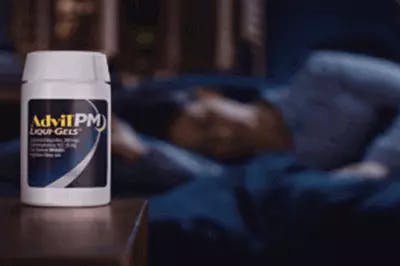Curbing Physical Triggers
Headache

Hunger, poor posture, eyestrain and lack of sleep can be tension headache triggers.
Improving posture
- Don't slouch. This forces the body out of alignment, causing the head and neck muscles to contract. Correct your posture by sitting up straight with your feet flat on the floor. Keep your shoulders back and head erect. Your head accounts for about 10% of your body weight; if you keep it forward or down, you overwork and stiffen the supporting muscles of the neck and upper back.
- Don't sit too long in one position. Stretch your arms above your head; then, while keeping both arms up, alternate each arm, reaching toward the ceiling as if you were climbing a ladder. Rotate the shoulders in a circular motion—forward, then backward. Then, starting with the head erect and facing forward with the shoulders back and down, lower (don't twist) your head slowly to the right as far as it will go; then repeat to the left. Finally, rotate the head slowly in a circle—first clockwise five times and then counter-clockwise five times.
- Don't sleep in a crooked position. This can stiffen the head and neck muscles and cause them to contract. Try sleeping in one of the following positions. The first is on your back, with a pillow supporting the curve of the small of the neck; your head should be supported so it is not higher than the neck. The second position is the fetal position: on your side, knees bent, with a small pillow between them to keep your hips straight. The side of your neck and head should be supported by a pillow, not by your shoulder. The idea is to keep the head, neck and spine aligned.
Avoiding eyestrain
- Read with sufficient light. If you work at a computer, however, glare from overhead lights can contribute to eye fatigue. Angle your computer monitor away from the light or use a glare screen. Take short periods of rest to avoid eyestrain.




